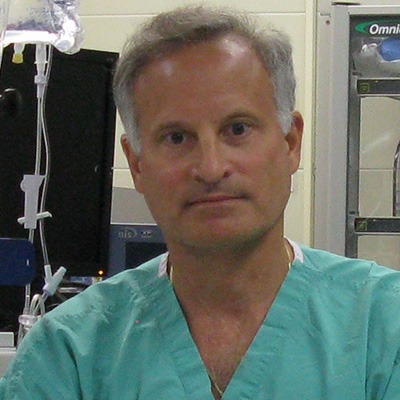Sixty thousand miles is a long way to go. Traveling at average GA speeds (and after arranging for aerial refueling) you would have to fly almost 2 ½ weeks for 24 hours a day to cover that distance. Long distances are part of human anatomy. If you could unwrap all the arteries, veins, and capillaries in the human body and line them up end to end, 60,000 miles or so is the distance all these vessels would cover and the distance blood needs to flow to provide oxygen and nutrients to all the body’s tissues.
The forces that propel blood around that long trek are pretty similar to the forces that propel airplanes through the air. There is thrust provided by the heart that is opposed by drag, the resistance from the small-caliber tubes, and the blood “thickness” itself. In this two-part series we’ll examine all of these elements and discuss the impact of these forces on pilots.
First, when you feel your pulse, you are essentially feeling the balance of these forces as blood passes through the body’s fuel lines. Just as pilots balance these vectors in flight to optimize aircraft performance, physicians treat patients with too much force – hypertension – with medications that either decrease the thrust of force from the heart, known as beta-blockers, or medications called vasodilators that reduce resistance in the blood vessels. Calcium channel blockers are the most common of these medications. Keeping the forces inside the blood vessels is critical because failure to keep blood pressure normal can result in a burst vessel, such as a stroke, or so much wear and tear that the lines corrode and close.
In addition to pressure factors, the blood traveling through all these miles of vessels has an incredibly delicate balancing act to navigate. There are two competing and almost contradictory roles blood must accomplish. First, the bloodstream has to be kept in a free-flowing liquid state so that it can slip through all these tiny passageways to the end organ sites where blood delivers its cargo of oxygen and nutrients. Think of it sort of like keeping the fuel lines clear.
However, another crucial requirement of elements in the bloodstream is to be the first at the site of an injury where the blood vessels are leaking (that would be bleeding) and plug those holes to prevent the body from losing too much of this precious resource. This is the clotting mechanism that stops bleeding, kind of our intrinsic leak-plugging system. Basic health maintenance requires that we respect both of these crucial roles. If the clotting elements in the bloodstream become activated within the blood vessels the patient ends up with a clogged fuel line. Just as this is a bad thing for an airplane engine up in the sky, it is devastating within the body.
A heart attack is a blood clot that occurs within one of the coronary arteries in the heart, just as a stroke is a blood clot within one of the vessels in the brain. So, blood must execute a delicate ballet as it dances through the arteries and veins, like a freight car full of ammunition, carrying all the elements to make a clot without actually forming a clot within the lumen of the vessel. Next time we will take this one step further and talk about steps to take while in flight to avoid other disruptions of good blood flow.






